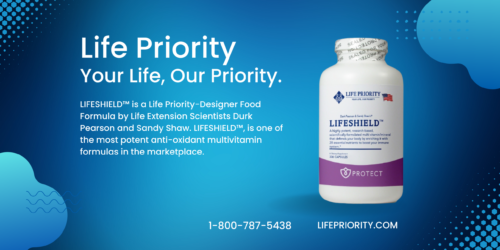

FDA Structure/Function Claims
- by Life Priority
- No Comments
- Post Views: 31

Life Priority, since 1994, has undergone two FDA inspections and would love to make you aware of the importance of the FDA and their involvement in the health and nutrition industry. Please see below the current structure/function claims that regulate and support the education of consumers. We appreciate the ability to support you and your health with scientifically formulated, FDA inspected, health and nutritional products. The most important investment you can make is in your health and well-being.
FDA Supplement Structure Function Claims:
Dietary Supplements
Structure/function claims have historically appeared on the labels of conventional foods and dietary supplements as well as drugs. The Dietary Supplement Health and Education Act of 1994 (DSHEA) established some special regulatory requirements and procedures for structure/function claims and two related types of dietary supplement labeling claims, claims of general well-being and claims related to a nutrient deficiency disease. Structure/function claims may describe the role of a nutrient or dietary ingredient intended to affect the normal structure or function of the human body, for example, “calcium builds strong bones.” In addition, they may characterize the means by which a nutrient or dietary ingredient acts to maintain such structure or function, for example, “fiber maintains bowel regularity,” or “antioxidants maintain cell integrity.” General well-being claims describe general well-being from consumption of a nutrient or dietary ingredient. Nutrient deficiency disease claims describe a benefit related to a nutrient deficiency disease (like vitamin C and scurvy), but such claims are allowed only if they also say how widespread such a disease is in the United States. These three types of claims are not pre-approved by FDA, but the manufacturer must have substantiation that the claim is truthful and not misleading and must submit a notification with the text of the claim to FDA no later than 30 days after marketing the dietary supplement with the claim. If a dietary supplement label includes such a claim, it must state in a “disclaimer” that FDA has not evaluated the claim. The disclaimer must also state that the dietary supplement product is not intended to “diagnose, treat, cure or prevent any disease,” because only a drug can legally make such a claim. For more information about the difference between structure/function claims and disease claims, see 21 CFR 101.93, entitled “Certain Types of Statements for Dietary Supplements,” and FDA’s January 6, 2000 final rule entitled “Regulations on Statements Made for Dietary Supplements Concerning the Effect of the Product on the Structure or Function of the Body” (65 Fed. Reg. 1000).
For more information about the FDA and supplements, please visit the link below:
https://www.fda.gov/food/ingredientspackaginglabeling/labelingnutrition/ucm2006881.htm
Sign up for emails from OneHeartNetwork.com:
By providing your email address, you are agreeing to our privacy policy.
RECOMMENDED




